Nationality Japan Name Masatoshi Koshiba Role Physicist | Fields Physics | |
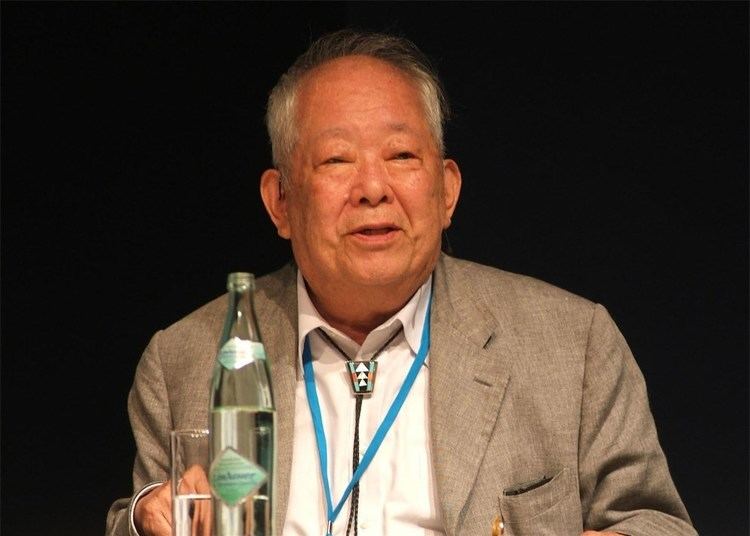 | ||
Institutions University of ChicagoUniversity of TokyoTokai University Alma mater University of TokyoUniversity of Rochester Similar People Yoji Totsuka, Raymond Davis - Jr, Koichi Tanaka, Frederick Reines, Leon M Lederman | ||
Doctoral advisor Morton F. Kaplon | ||
I want the ILC! by Masatoshi Koshiba #mylinearcollider
Masatoshi Koshiba (小柴 昌俊, Koshiba Masatoshi, born September 19, 1926) is a Japanese physicist, known as one of the founders of Neutrino astronomy and jointly won the Nobel Prize in Physics in 2002.
Contents
- I want the ILC by Masatoshi Koshiba mylinearcollider
- Masatoshi Koshiba Wikipedia audio article
- Life
- Awards
- Honors
- Publications
- References
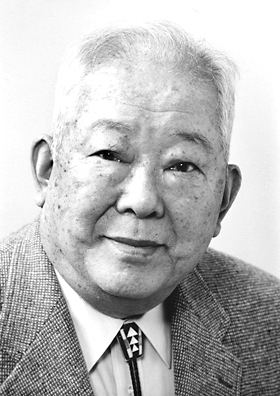
He is now Senior Counselor of International Center for Elementary Particle Physics (ICEPP) and Emeritus Professor of University of Tokyo.
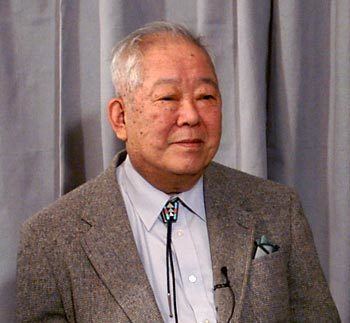
Masatoshi Koshiba | Wikipedia audio article
Life

He graduated from the University of Tokyo in 1951 and received a Ph.D. in physics at the University of Rochester, New York, in 1955. From July 1955 to February 1958 he was Research Associate, Department of Physics, University of Chicago; from March 1958 to October 1963, he was Associate Professor, Institute of Nuclear Study, University of Tokyo, although from November 1959 to August 1962 he was on leave from the above as Senior Research Associate with the honorary rank of Associate Professor and as the Acting Director, Laboratory of High Energy Physics and Cosmic Radiation, Department of Physics, University of Chicago. At the University of Tokyo he became Associate Professor in March 1963 and then Professor in March 1970 in the Department of Physics, Faculty of Science, and Emeritus Professor there in 1987. From 1987 to 1997, Koshiba taught at Tokai University. In 2002, he jointly won the Nobel Prize in Physics "for pioneering contributions to astrophysics, in particular for the detection of cosmic neutrinos". (The other shares of that year's Prize were awarded to Raymond Davis Jr. and Riccardo Giacconi of the U.S.A.)
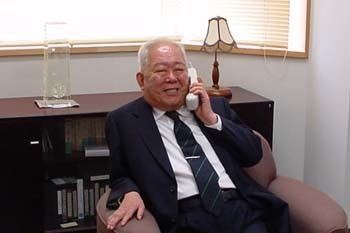
Koshiba's award-winning work centred on neutrinos, subatomic particles that had long perplexed scientists. Since the 1920s it had been suspected that the Sun shines because of nuclear fusion reactions that transform hydrogen into helium and release energy. Later, theoretical calculations indicated that countless neutrinos must be released in these reactions and, consequently, that Earth must be exposed to a constant flood of solar neutrinos. Because neutrinos interact weakly with matter, however, only one in a trillion is stopped on its way to Earth. Neutrinos thus developed a reputation as being undetectable.
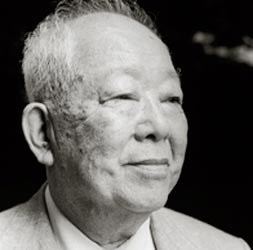
In the 1980s, Koshiba, drawing on the work done by Raymond Davis Jr, constructed an underground neutrino detector in a zinc mine in Japan. Called Kamiokande II, it was an enormous water tank surrounded by electronic detectors to sense flashes of light produced when neutrinos interacted with atomic nuclei in water molecules. Koshiba was able to confirm Davis's results—that the Sun produces neutrinos and that fewer neutrinos were found than had been expected (a deficit that became known as the solar neutrino problem). In 1987 Kamiokande also detected neutrinos from a supernova explosion outside the Milky Way. After building a larger, more sensitive detector named Super-Kamiokande, which became operational in 1996, Koshiba found strong evidence for what scientists had already suspected—that neutrinos, of which three types are known, change from one type into another in flight; this resolves the solar neutrino problem, since early experiments could only detect one type, not all three.
Koshiba is a member of the Board of Sponsors of The Bulletin of the Atomic Scientists, also he is a foreign fellow of Bangladesh Academy of Sciences
